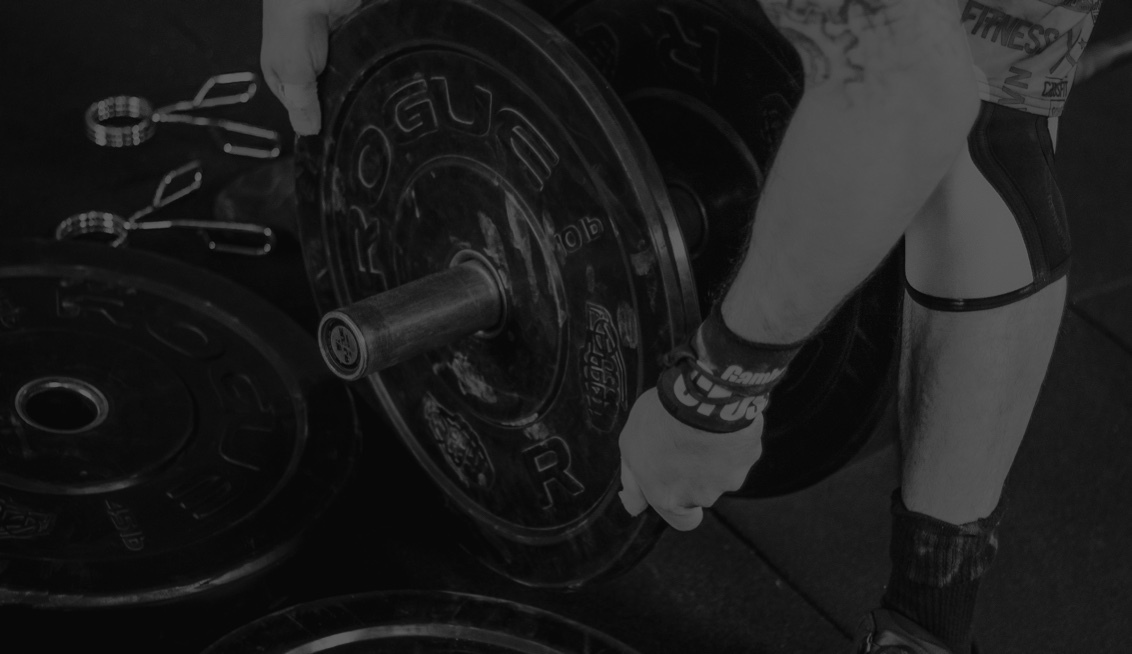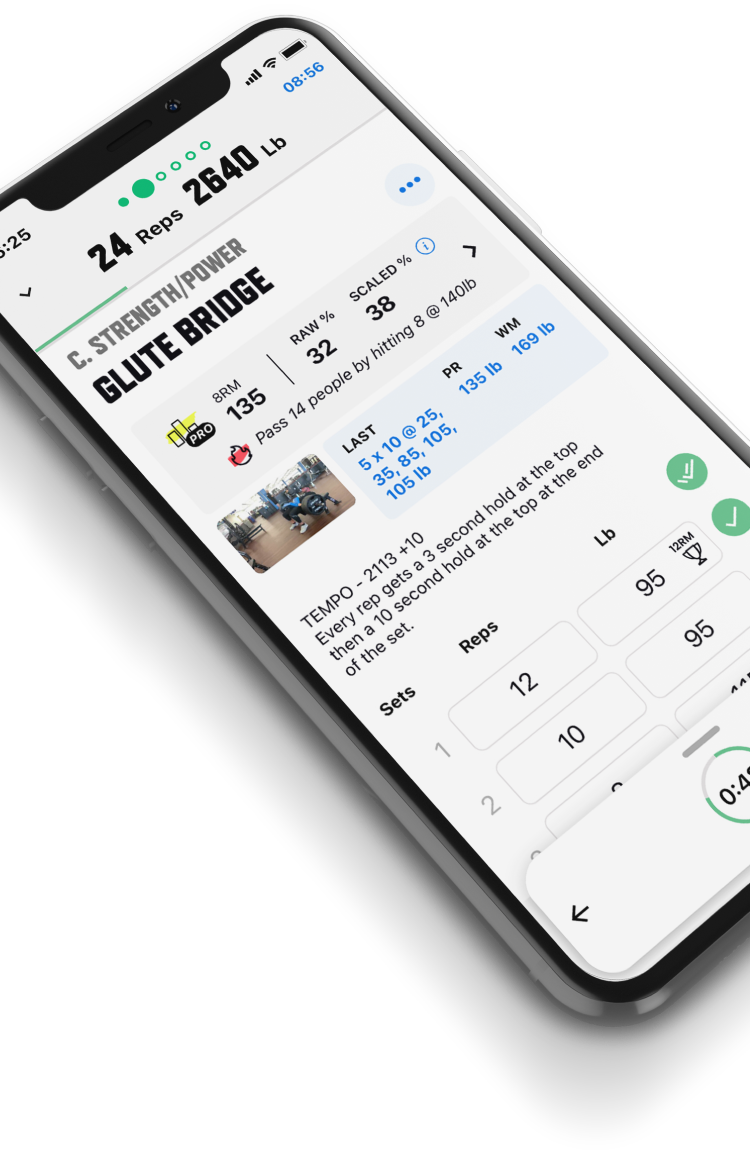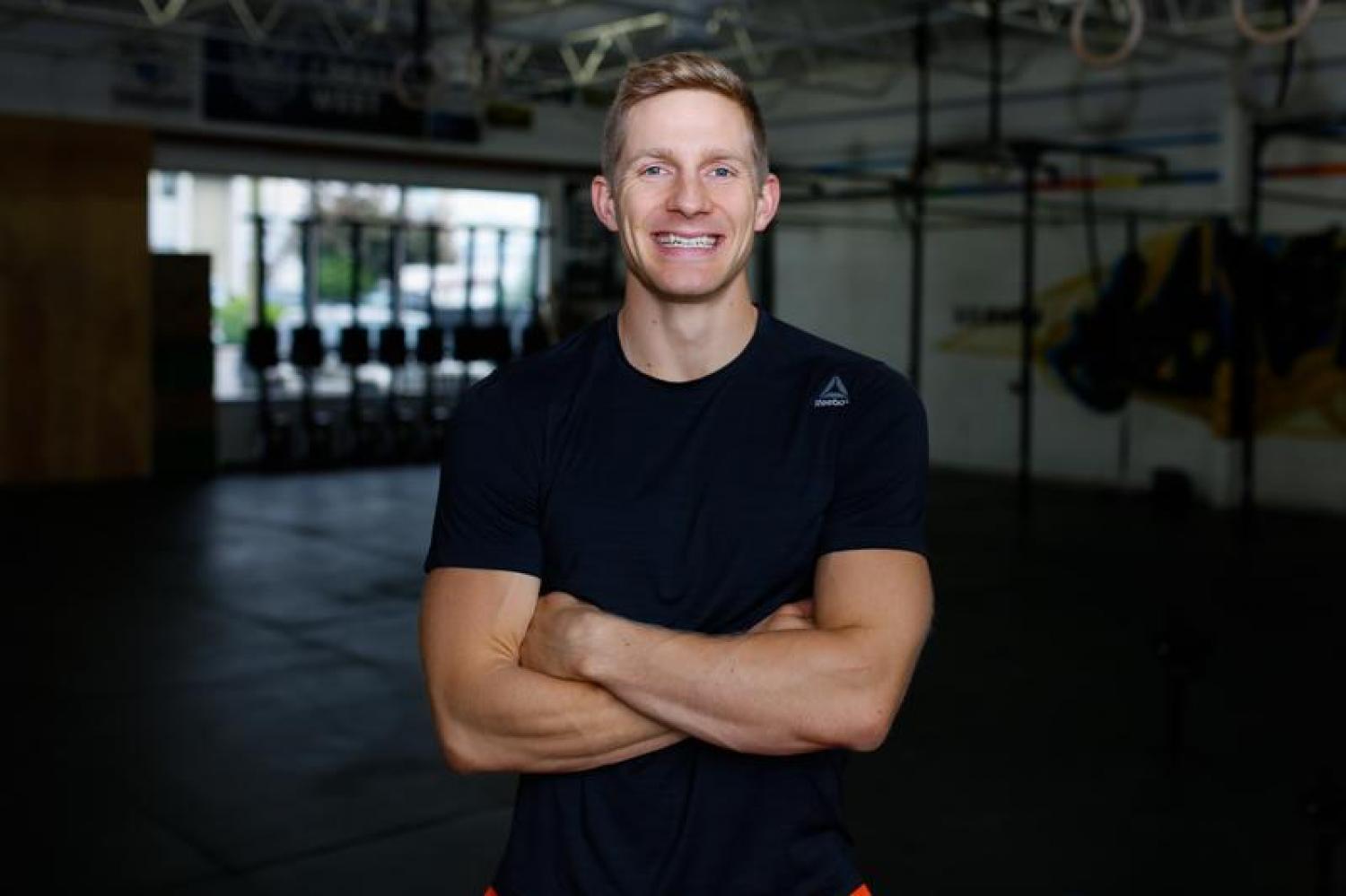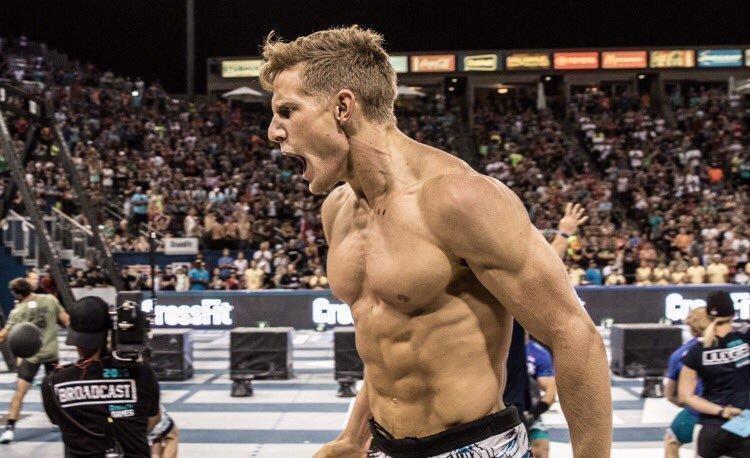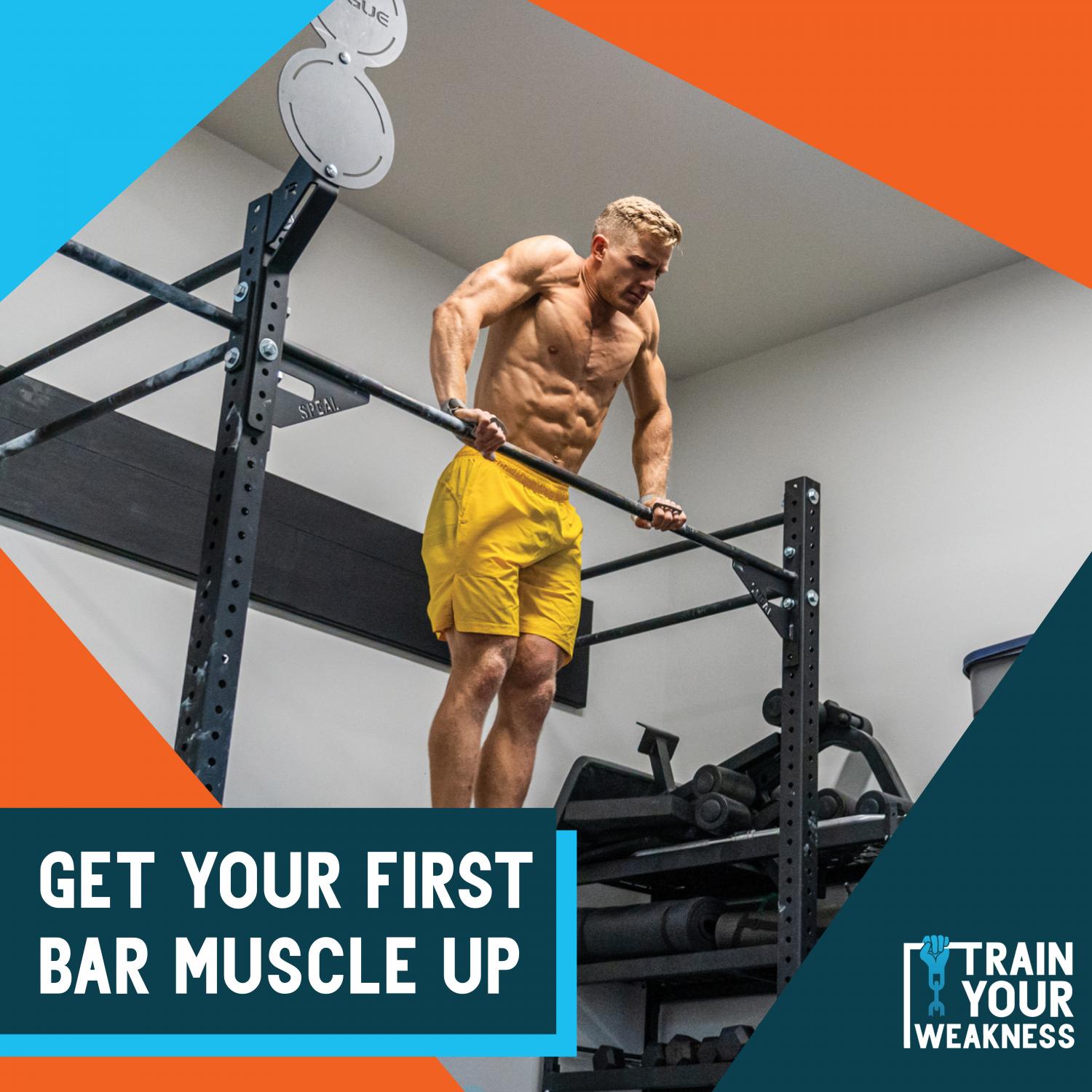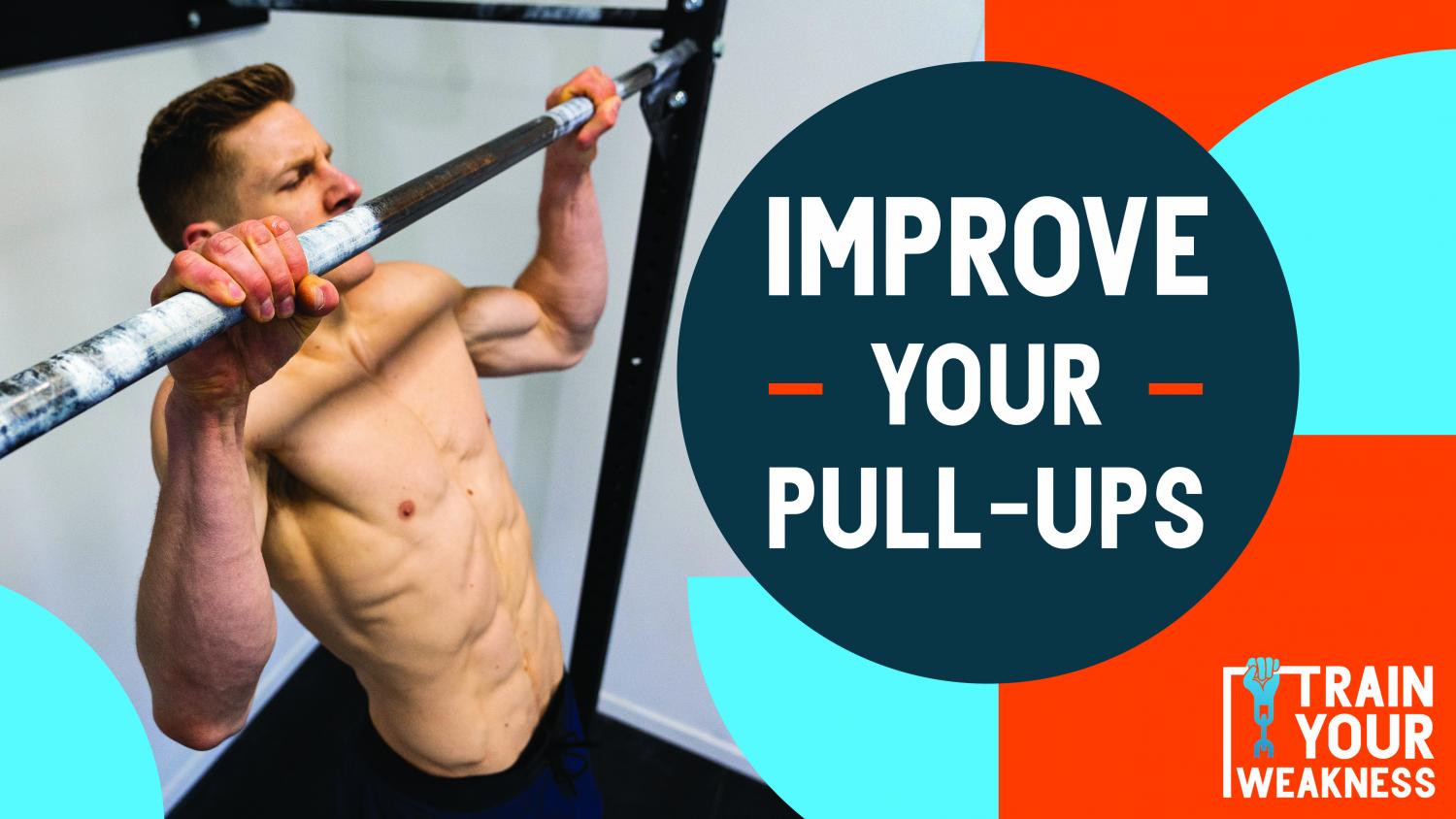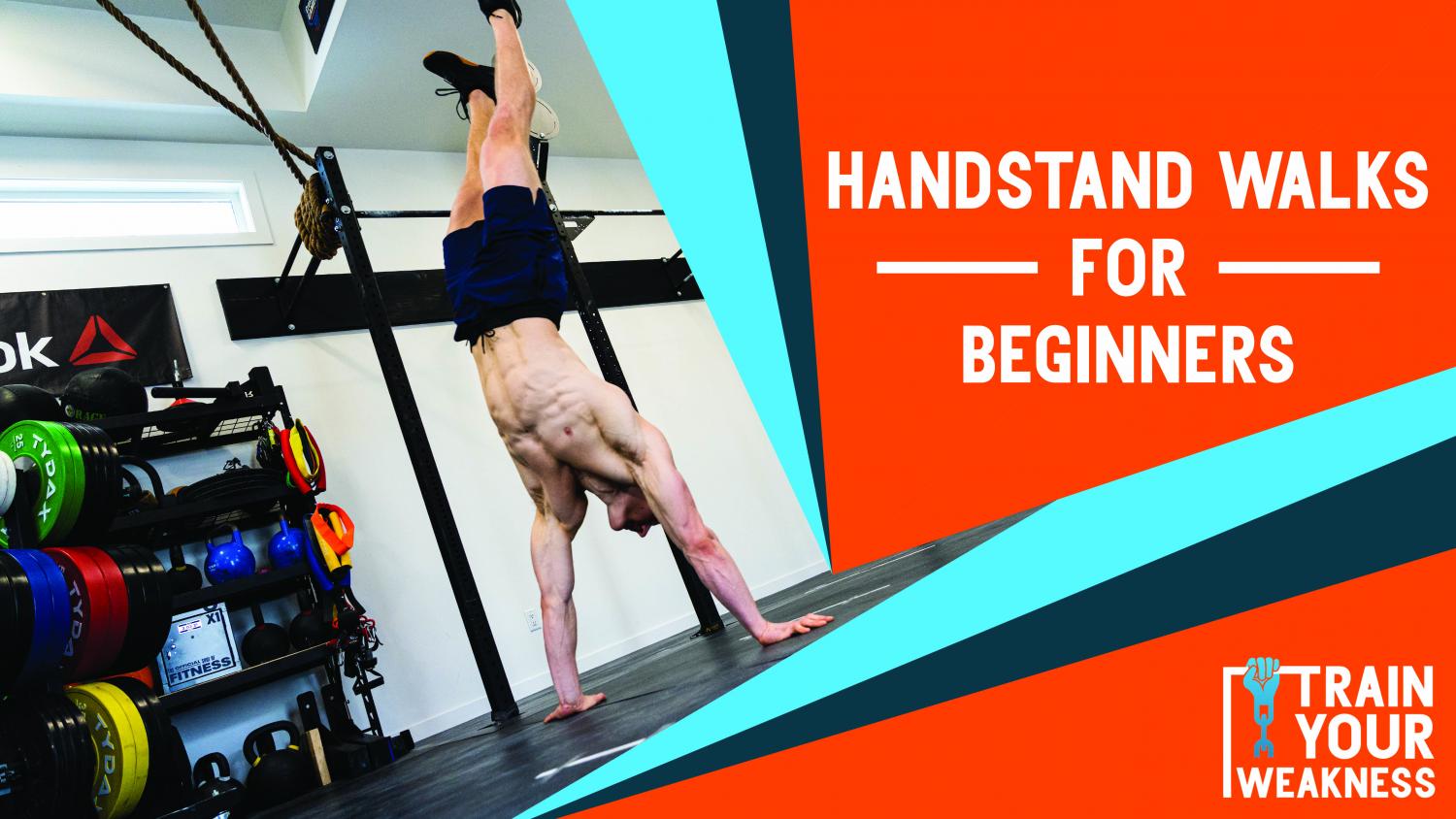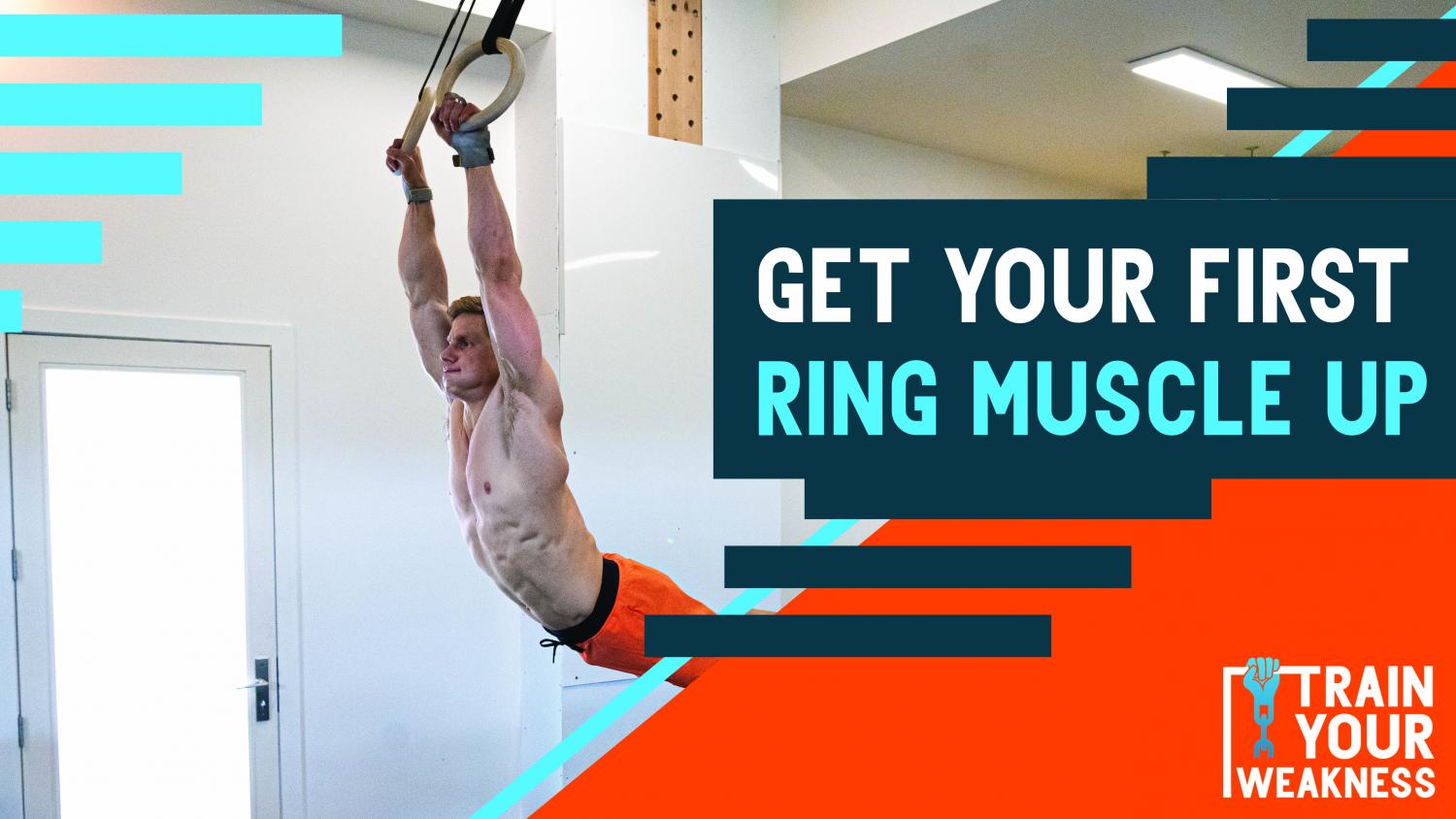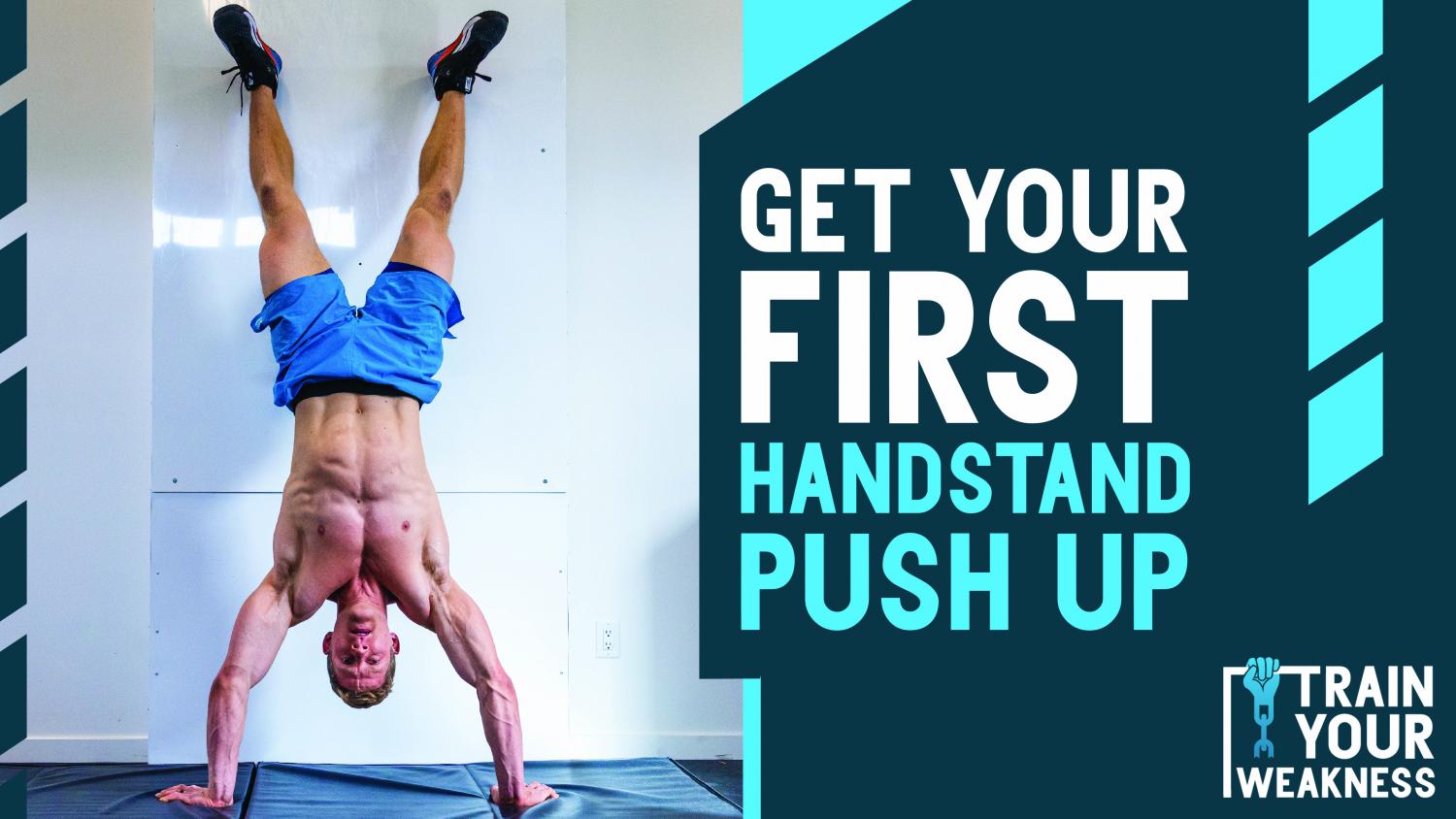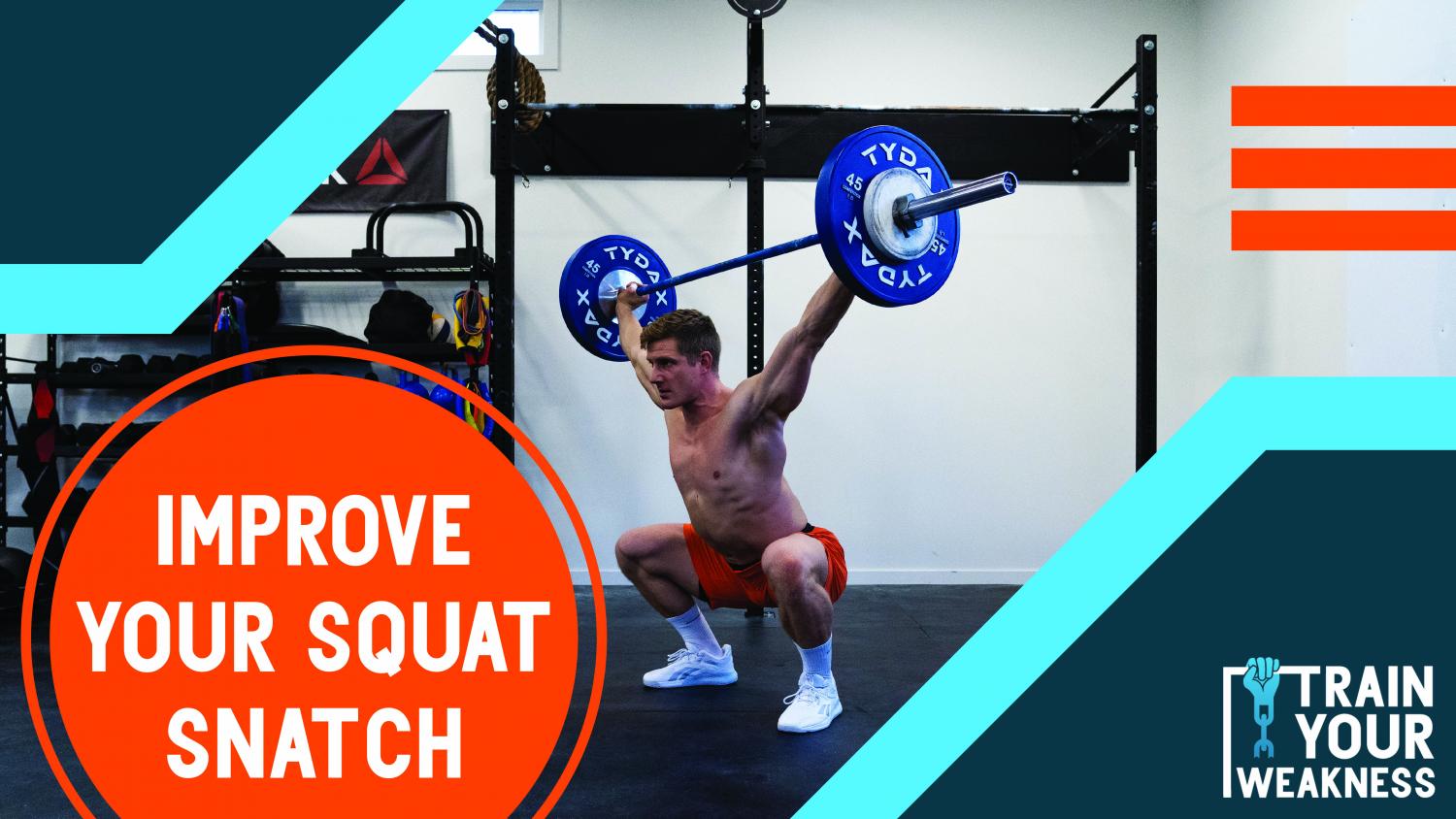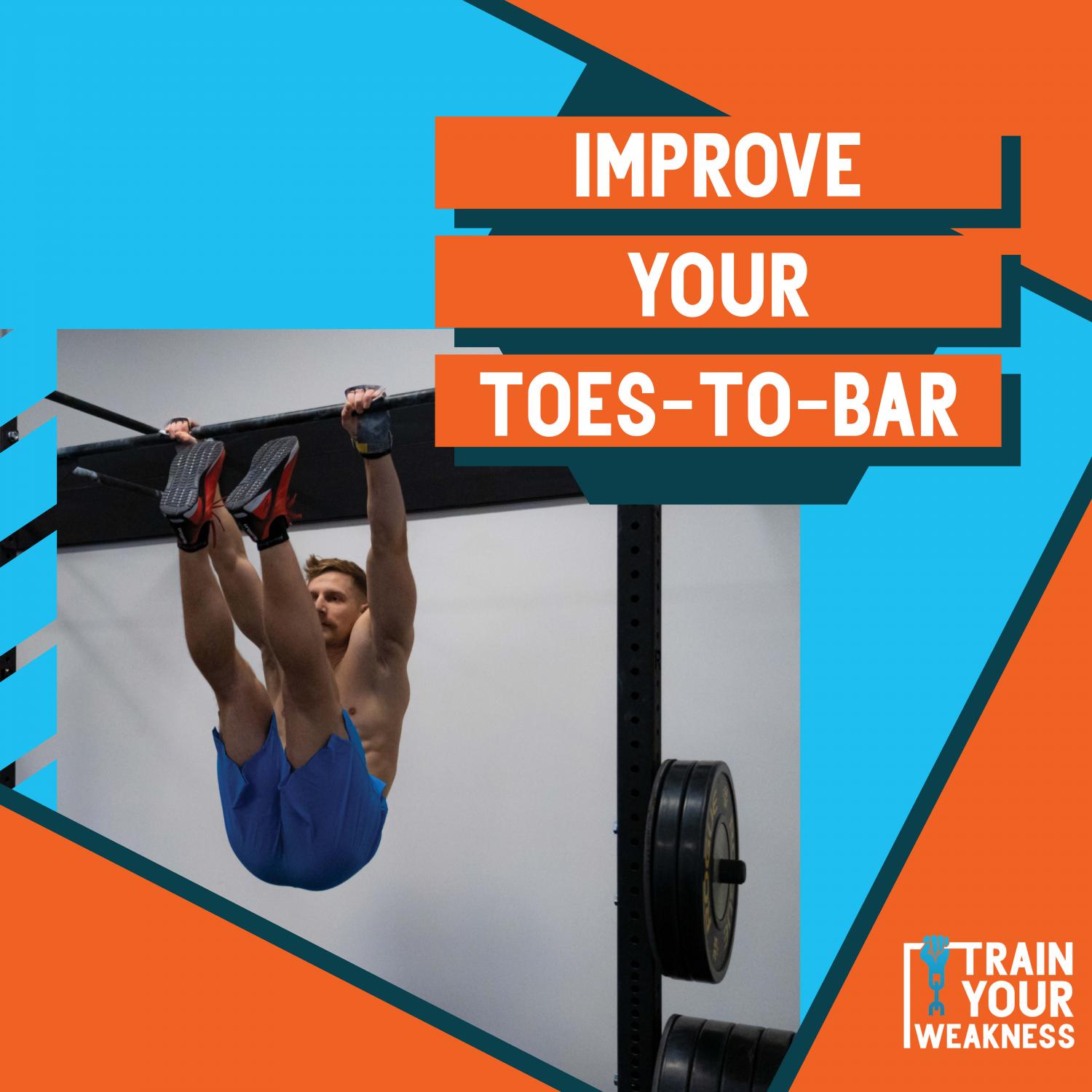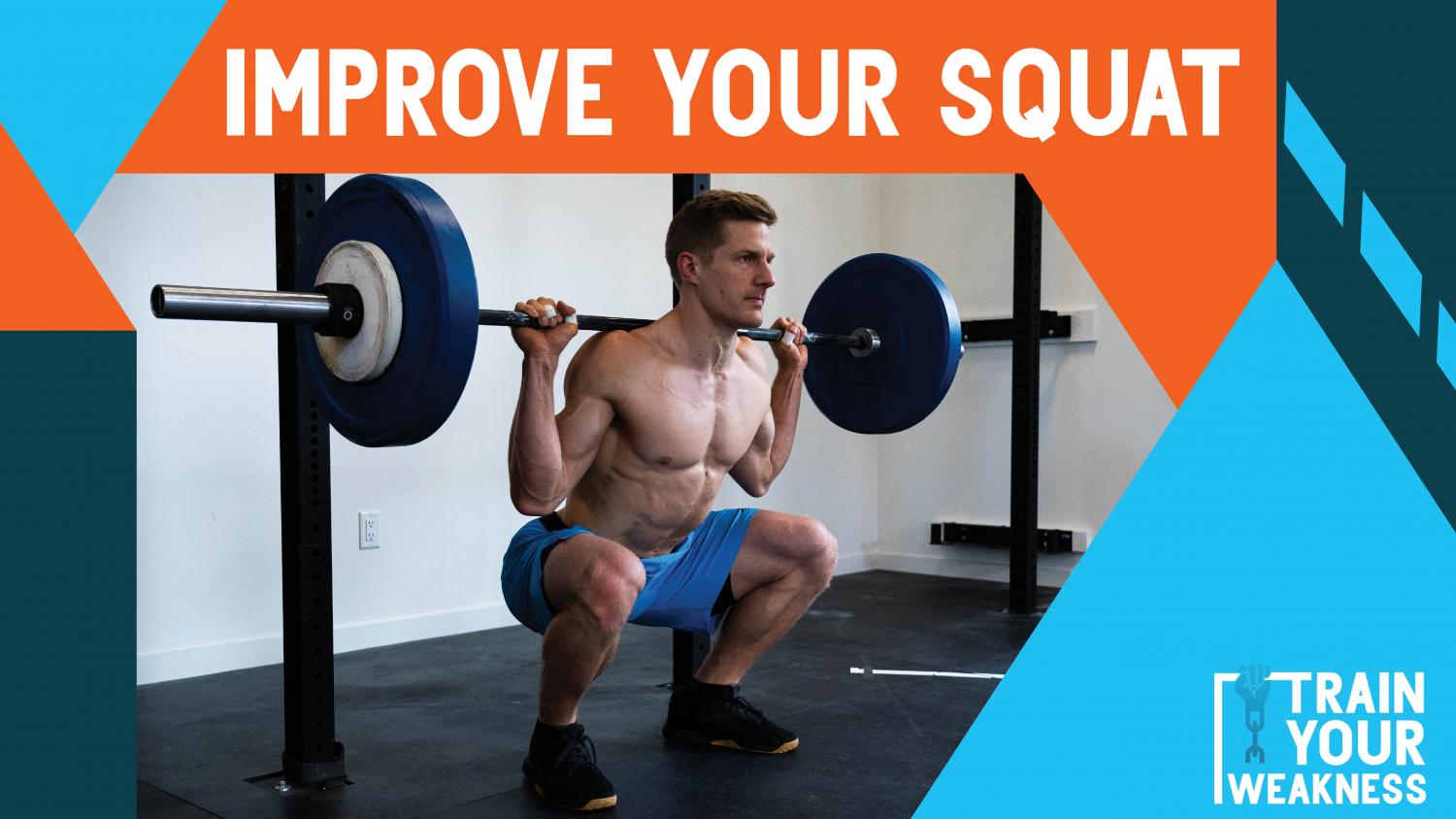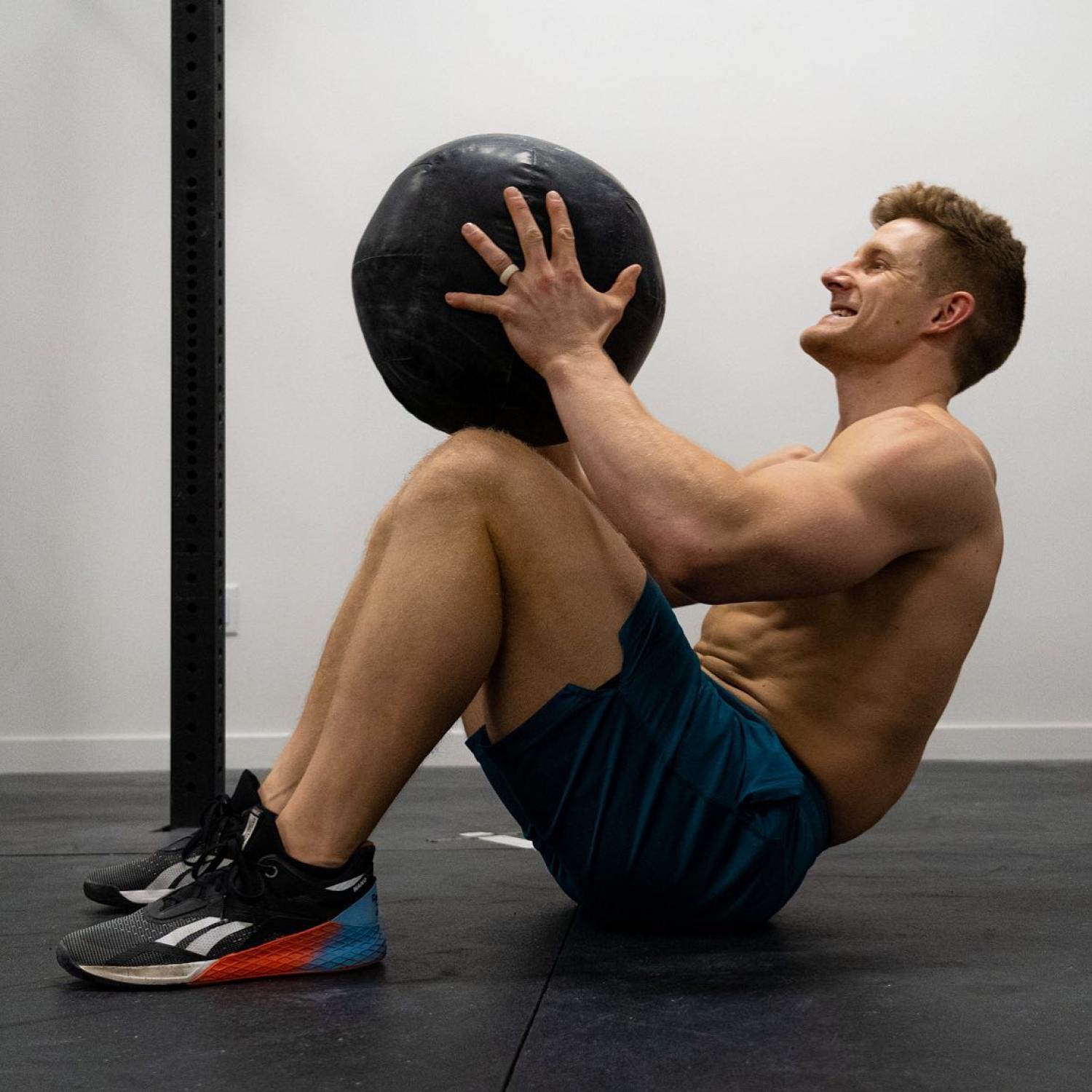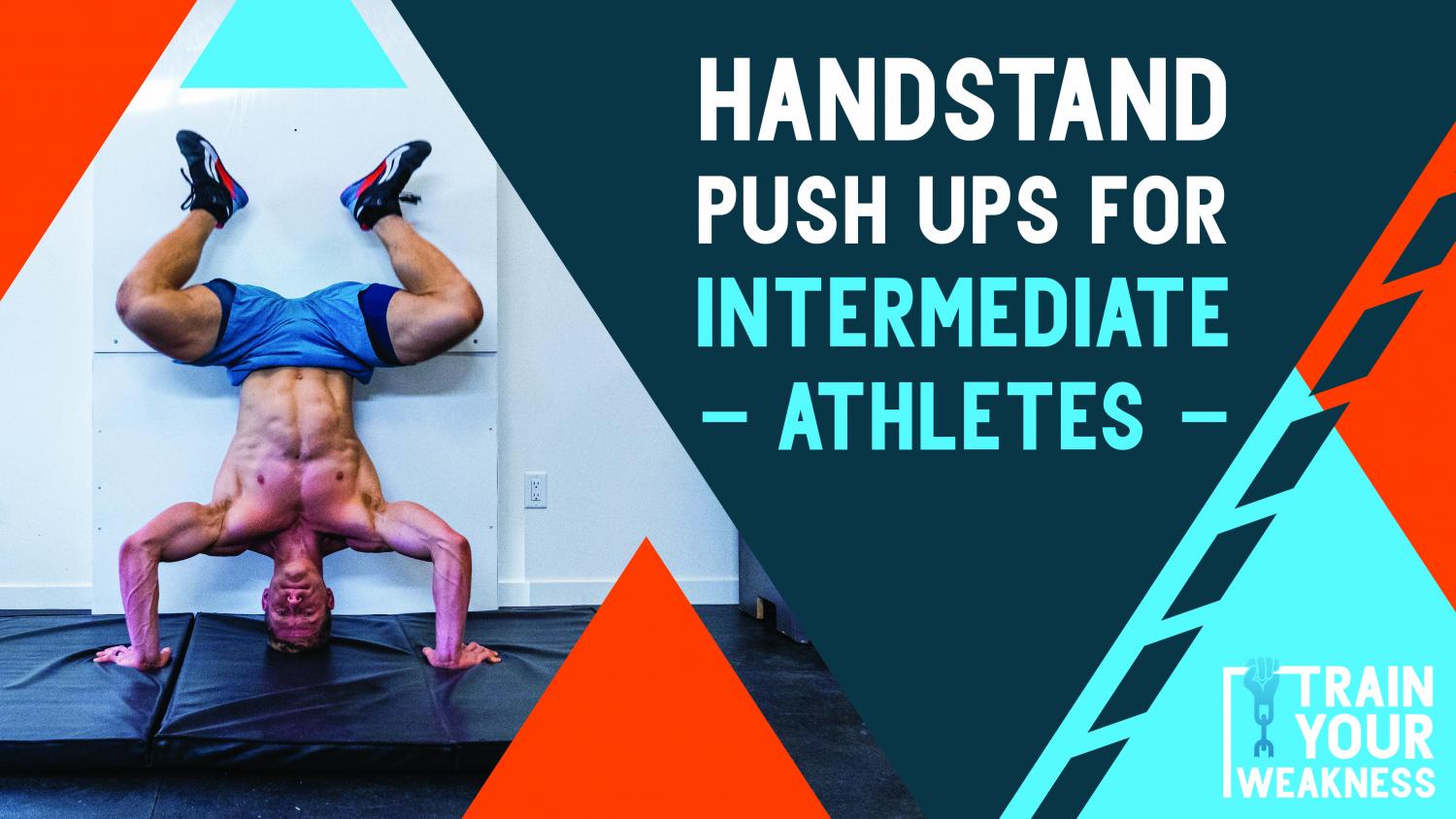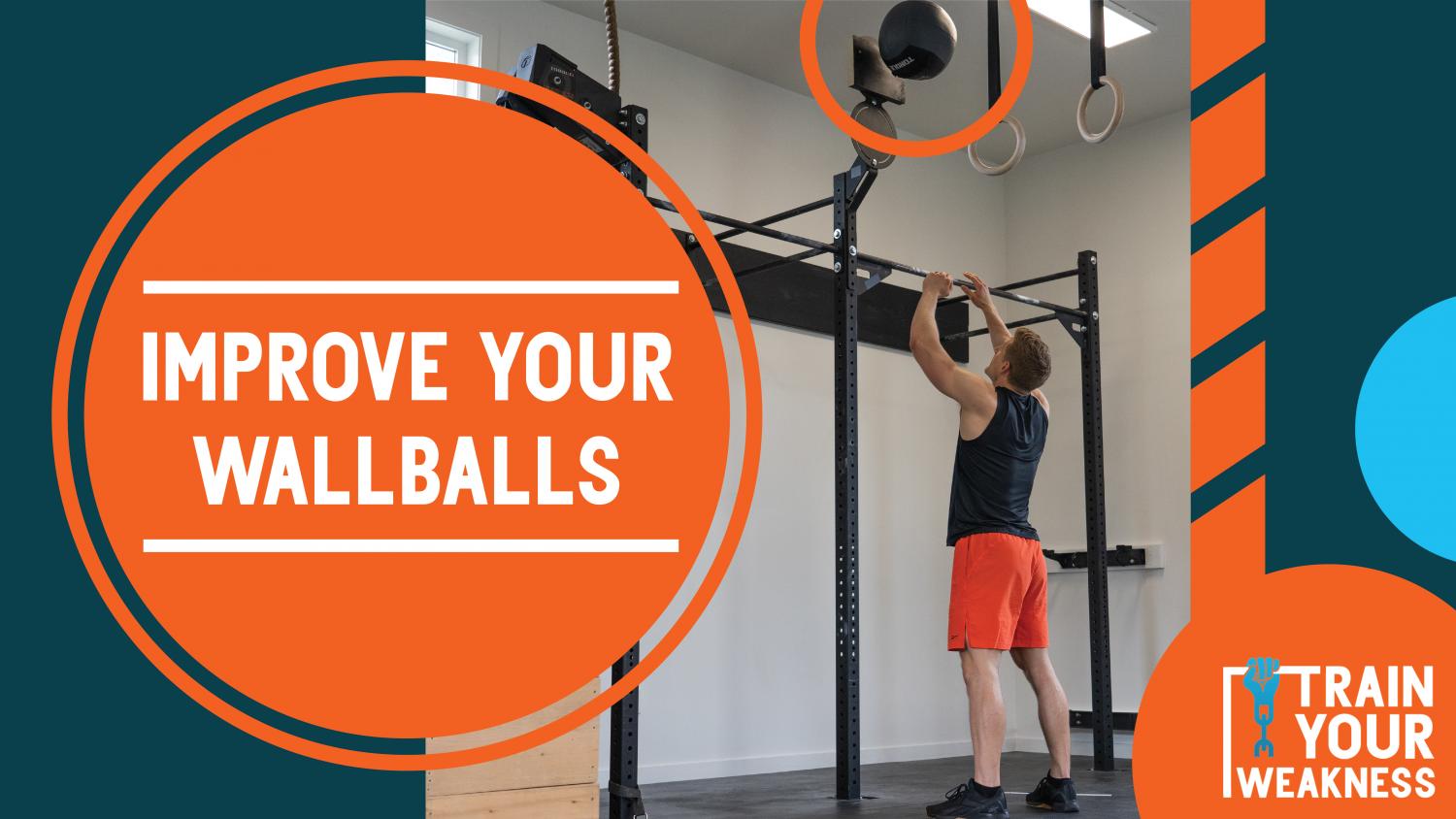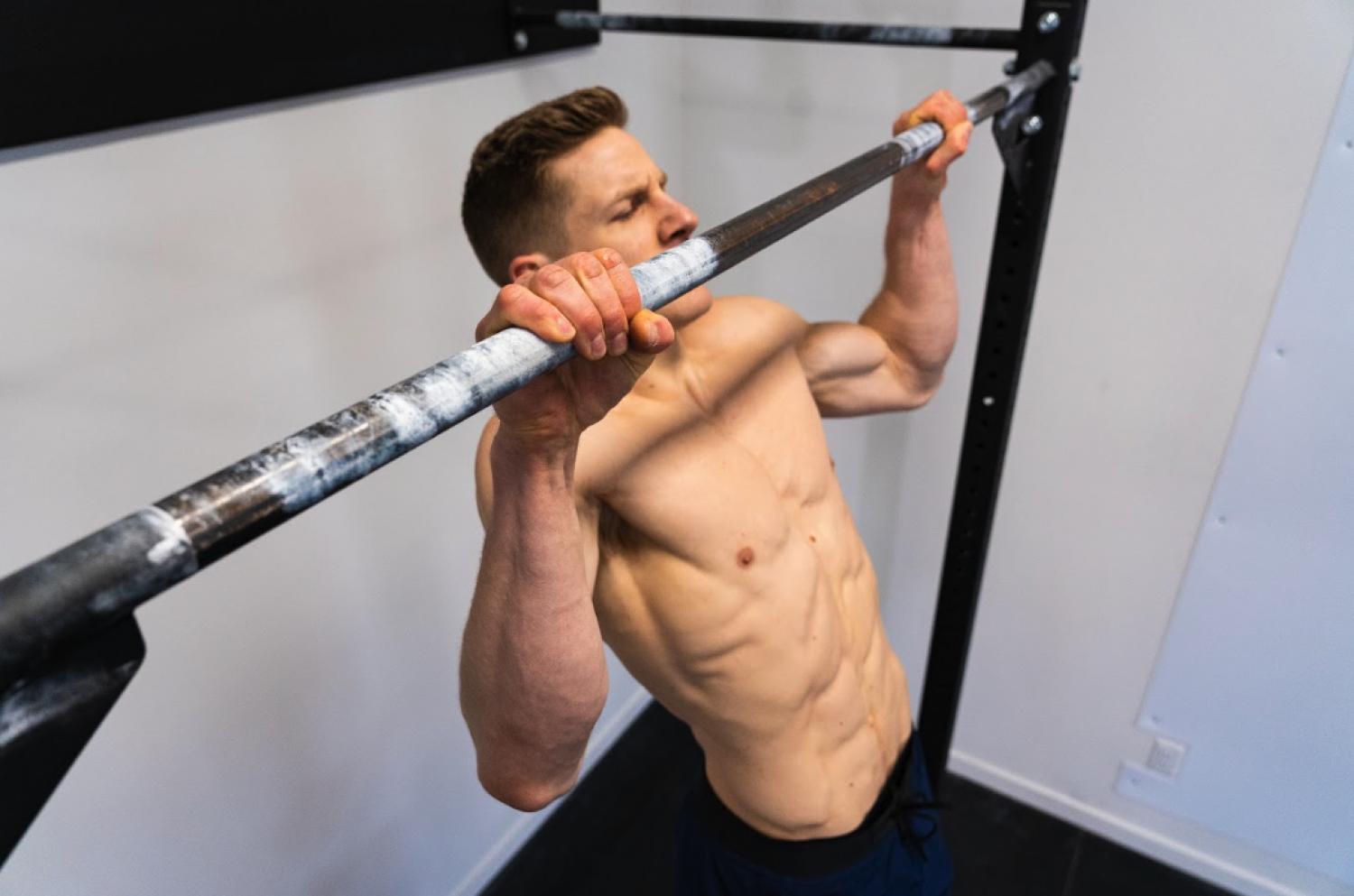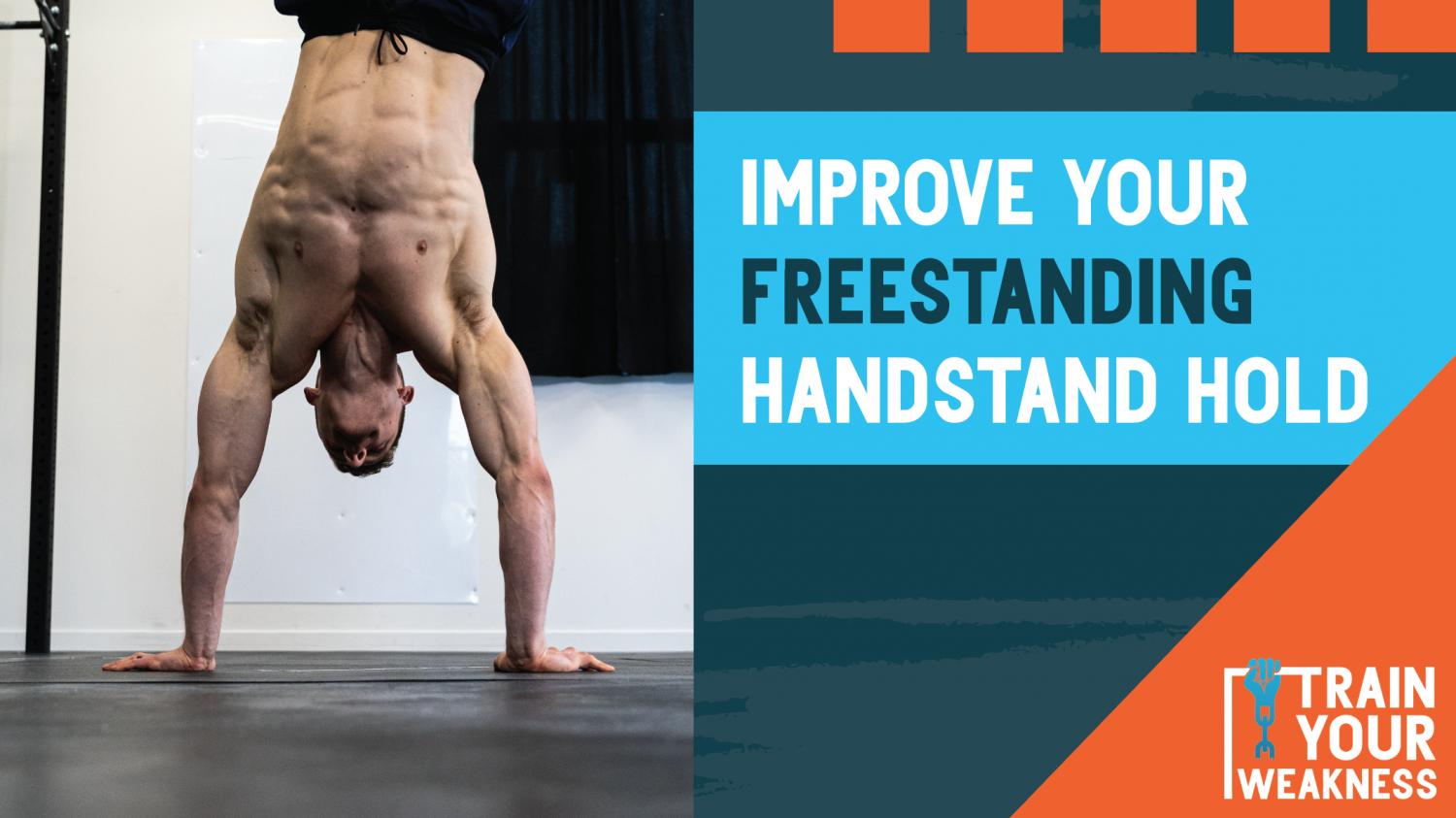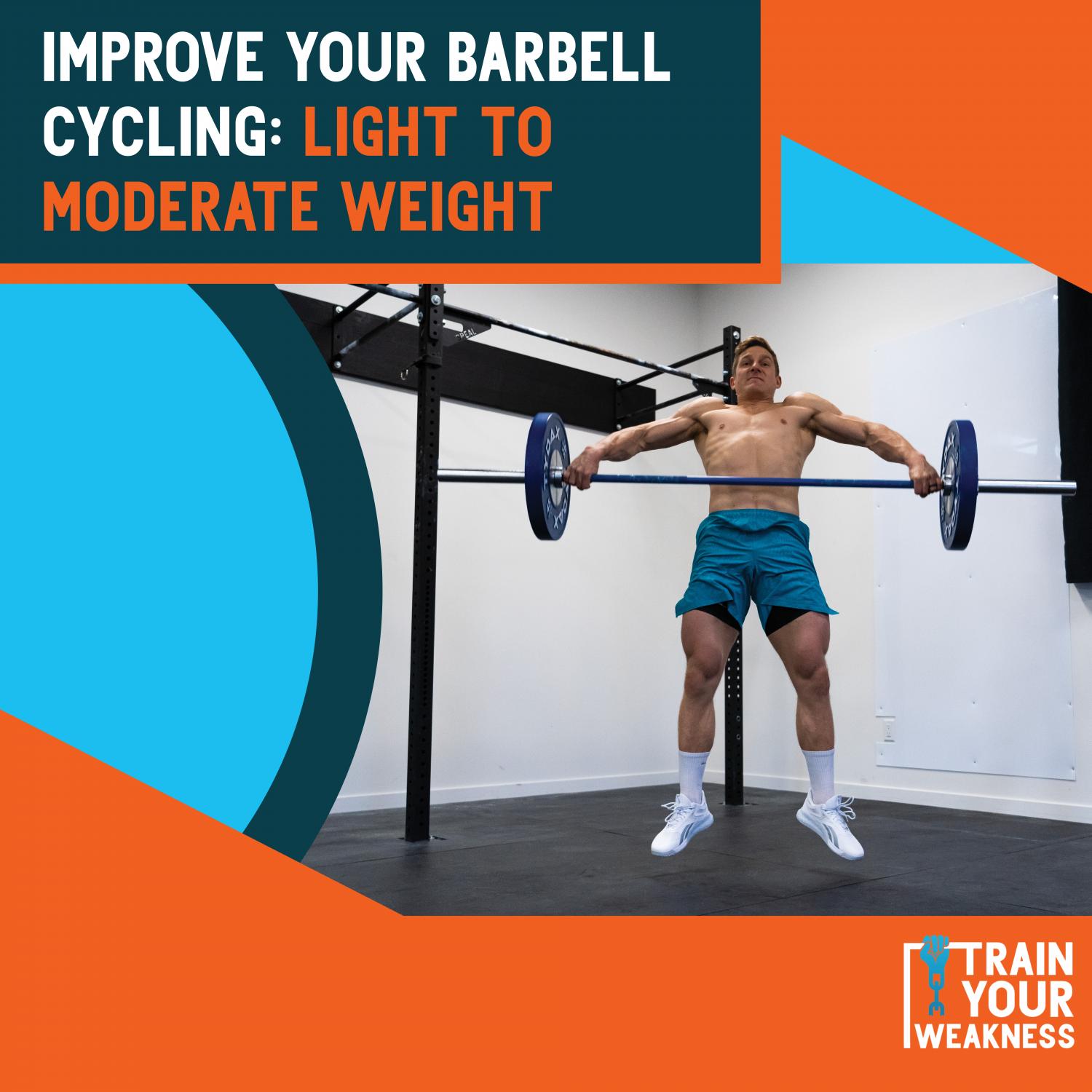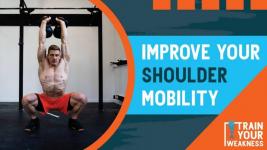
Improve Your Shoulder Mobility
Train Your Weakness
Functional Fitness, Functional TrainingImprove your shoulder mobility with just 3 sessions a week.
This Train Your Weakness FOCUSED programming will improve your mobility in 6 weeks.
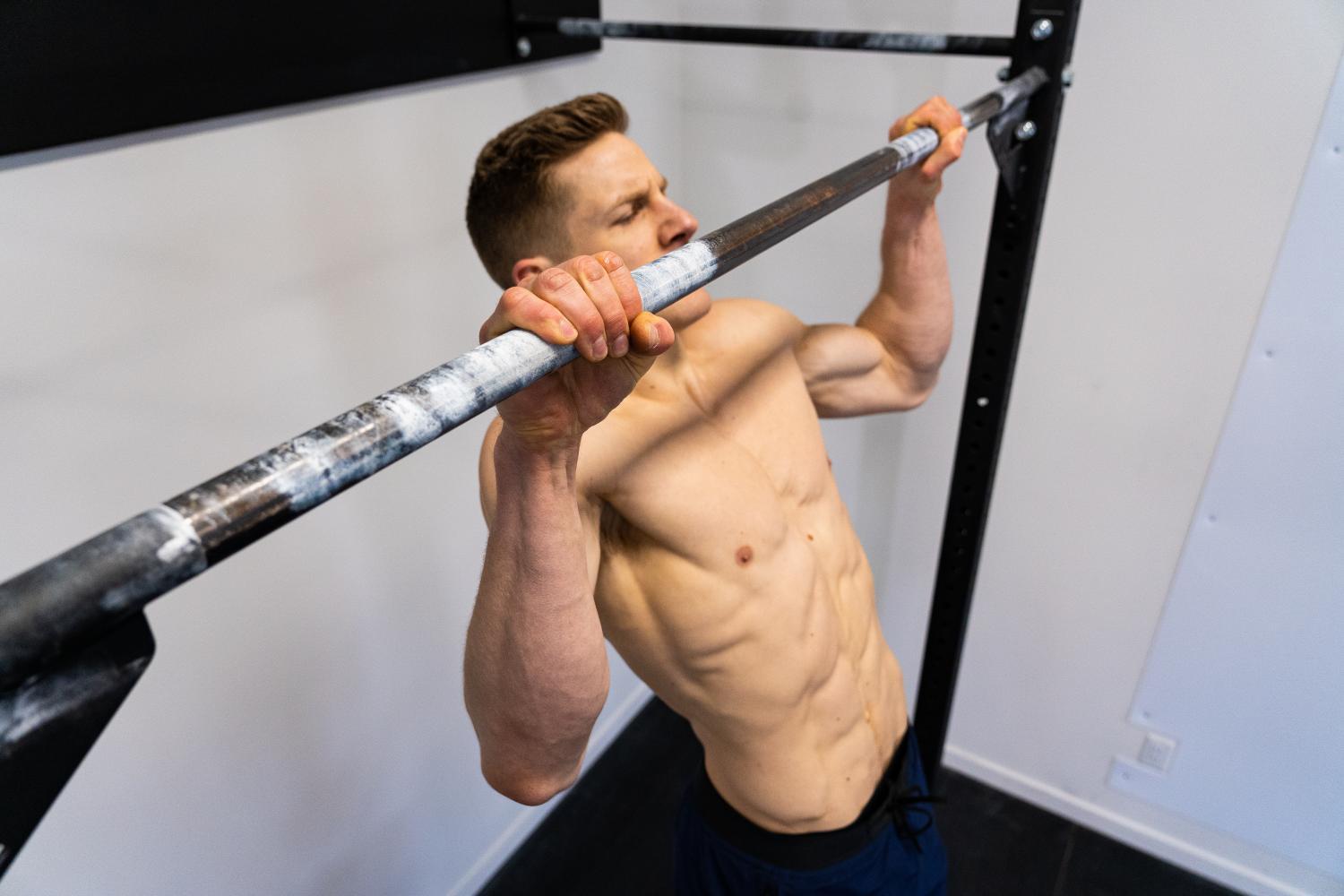
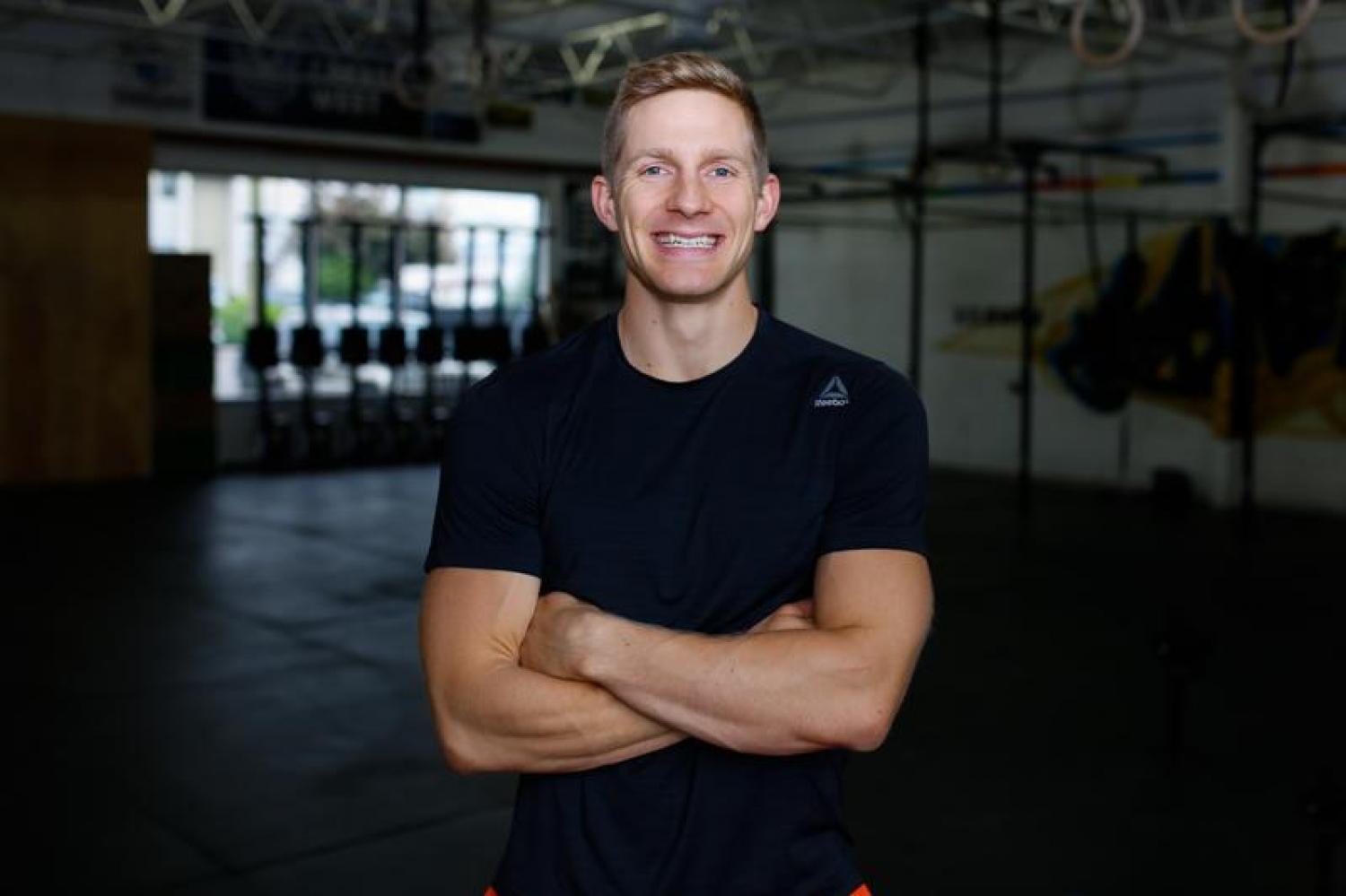





Read Intro
A
Hello! This shoulder mobility program is 3 times a week, for 6 weeks. Average sessions are around 30 minutes each. Shoulder mobility is a complex beast. It sometimes seems as if some people are naturally blessed with limber shoulders that easily achieve deep dips and strong overhead positions. Many factors will determine your shoulder mobility, there is both a flexibility and motor control aspect. Flexibility can easily be defined as tissue extensibility (how long are your muscles and how easily do they achieve that length) and joint kinematics (the physical structure of your joint). Motor control is the pattern of movement or strategy you use to achieve a movement goal. Modern lifestyles can leave us with aberrant patterns that prevent us from accessing the flexibility we possess simply because we are using the wrong movement strategy or technique. This program will focus on all the key parts for strong, healthy, and most importantly mobile shoulders. The 4 main areas we will concern ourselves with are the glenohumeral joint - The actual shoulder joint where the arm meets the body. Next, is the scapulothoracic joint - not a joint in a classic sense but a very important regulator in the function of shoulder mobility. Moving down the line we have thoracic mobility - Thoracic mobility is everything from extension to the shape of your rib cage and the way it interacts with the adjacent scapula (shoulder blade). Last, but certainly not least, is core control - the core sets the stage for all movements that happen above or below. If our goal is to make lasting changes to shoulder mobility then we need to assess the function of the core. One of the key components to developing good mobility is the relationship between mobility and stability - one cannot exist without the other. The age-old comparison is shooting a cannon out of a canoe. Without a strong and stable platform, the cannon cannot launch its projectile with any appreciable force. The same goes for all human movement - we need to develop strong and stable platforms from which muscles can pull. To help gauge our progress, we’ll use two exercises as assessment tools: the full bridge and the reverse plank. The full bridge requires flexibility through the entire anterior chain and will let us know how we’re progressing with overhead mobility. The reverse plank demonstrates shoulder extension and core strength which will be a great analog for exercises like ring dips. IMPORTANT: All written cues and video examples can be found under "TIPS" If you have any questions about this program or want video review help, email: support@trainyourweakness.com All billing issues to support@trainheroic.com Ready to bullet proof those shoulders? Let's go! - TYW Team
Flexibility (8min)
B
Foam roll lats: 1 minute per side Lat stretch with band: 1 minute per side Child’s pose: 2 minutes Thread the needle: 2 Minutes Coach’s Note: It is important that we can differentiate between “flexibility” and “mobility”. Hold your hand up, now pull your pinky finger back as far as it will go using your other hand (without any pain of course), this is the flexibility of your finger. Now, keep your hand up, and without using assistance, simply move your pinky back as far as it will go, this is the mobility in that finger! Both of these will be priority over the next six weeks. Not only do we need flexibility in the shoulder, we also need to be able to move it to healthy/ Stable positions unassisted (mobility)!
Motor control (4min)
C
3 sets of 20 reps per side, Shoulder external rotations Rest 30-seconds between sides
Motor Control (4min)
D
3 sets of 10 reps per side, Kettlebell arm-bar rotations No rest between sides
Motor (4min)
E
Accumulate 2 minutes per side, Single-arm hang Switch arms as needed until you accumulate a total of 2 minutes per side. Try to rest as little as possible. Coach’s Note: Grip may be a factor in this one, be sure to always have an “active shoulder” meaning we are pulling the shoulder blade down and not just a “dead hang”
Core (6min)
F
3 sets: 60-seconds 90/90 breathing with feet supported, no rest 10 reps alternating bird dog, no rest Coach’s Note: Cue the BRACE! Breathing through the belly is very important to be able to brace tight. We can never achieve shoulder health (or any extremity health) if we don't have a healthy/ strong core.
Test
G
1-minute hold: Full bridge 1-minute hold: Reverse plank Coach’s Note: You will see these pop up periodically over the six weeks. It is simply a couple of staple movements in which we can check-in on our progress. As you will see noted in the movement cues (under TIPS), You can scale the bridge by raising your feet up on a bench or chair. Record total time for both holds up to a max of 1 minute per.
Flexibility (4min)
A
2 sets of 10 reps per side Bretzel No rest between sides
Flexibility (4min)
B
2 sets of 5 reps per side 90/90 contract/relax chest stretch No rest between sides
Flexibility (2min)
C
2-minutes Downward dog stretch Coaches note: Accumulate two minutes if you can't hold unbroken.
Stability (10min)
D
3 Rounds for quality: 10 reps alternating Kettlebell Halo, no rest 5 per side Half Turkish get-up, no rest Coach’s Note: Stability goes hand in hand with mobility, be intentional with keeping the shoulder active and the core braced!
Stability (5min)
E
3 Rounds for quality: 50-feet Right hand 90/90 bottoms-up carry, no rest 50-feet Left hand 90/90 bottoms-up carry, no rest
Core (5min)
F
3 sets: 10 reps per side Palloff press, no rest between sides
Flexibility (4min)
A
1-minutes per side: Foam roll or lacrosse ball chest 1-minutes per side: Lacrosse ball medial border of scapula Repeat
Motor Control (5min)
B
2 sets: 10 Quadruped scap push-ups, no rest 10 Quadruped scap circles, no rest 10 Scap ring rows, no rest 10 Scap pull-ups, no rest Coach’s Note: Fight for full range of motion through the shoulder when completing these. Slow and controlled!
Motor Control (5min)
C
2 sets: 10 Prone As 10 Prone Is 10 Prone Ts 10 Prone Ws 10 Prone swimmers Rest 60-seconds
Core (6min)
D
3 sets: 30-60 seconds Quadruped breathing vs. band, no rest 30-60 seconds Flat back shoulder flexion, no rest
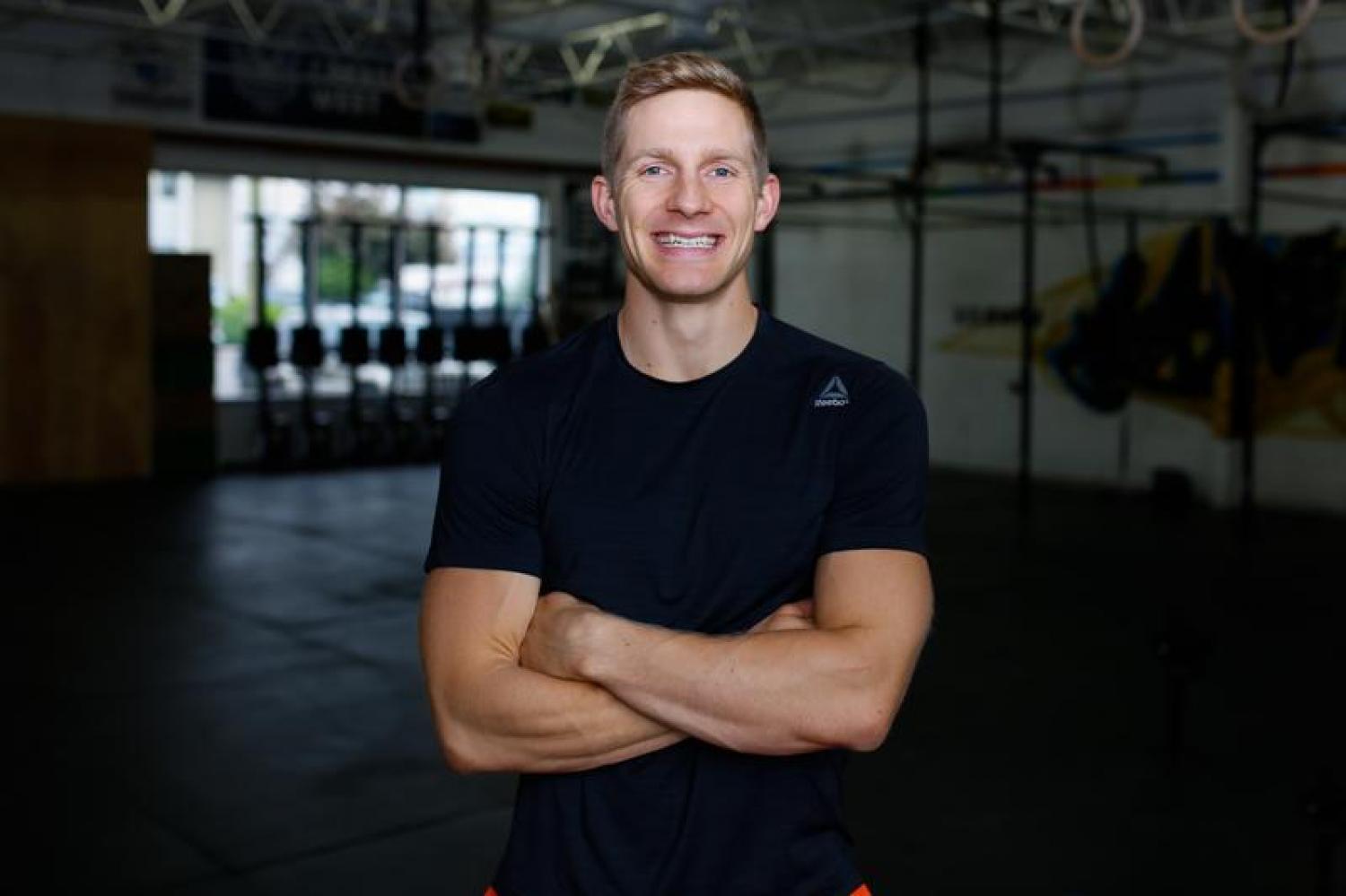 Brent Fikowski
Brent Fikowski
Brent has been a CrossFit Regionals athlete since 2013 and a CrossFit Games athlete since 2016. He is nicknamed "The Professor" because of his deliberate and thoughtful approach to training. He also started The Professor Project in 2018, helping athletes become more efficient in movement, mindset, and more.
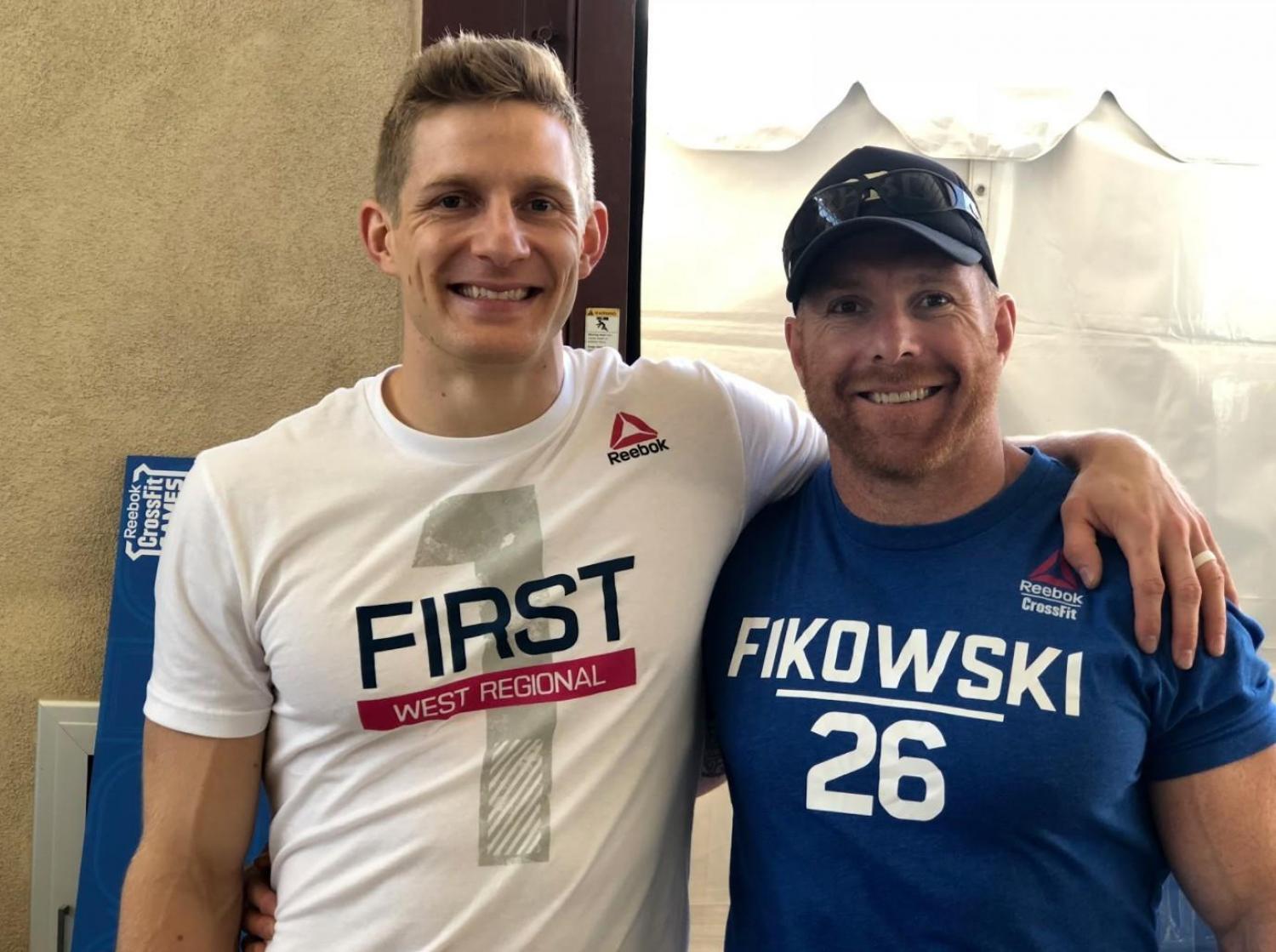 Bobby Dee
Bobby Dee
By focusing on Brent's weaknesses, they qualified for the CrossFit® Games and landed on the podium. The caliber of athletes Bobby Dee has coached is matched by his own personal achievements. He holds a Masters in Chiropractic, has elite history in the military, podium finisher in Australia’s Strongest Man, completed an Iron Man, an ultramarathon and competed at a high level in rugby and CrossFit®.
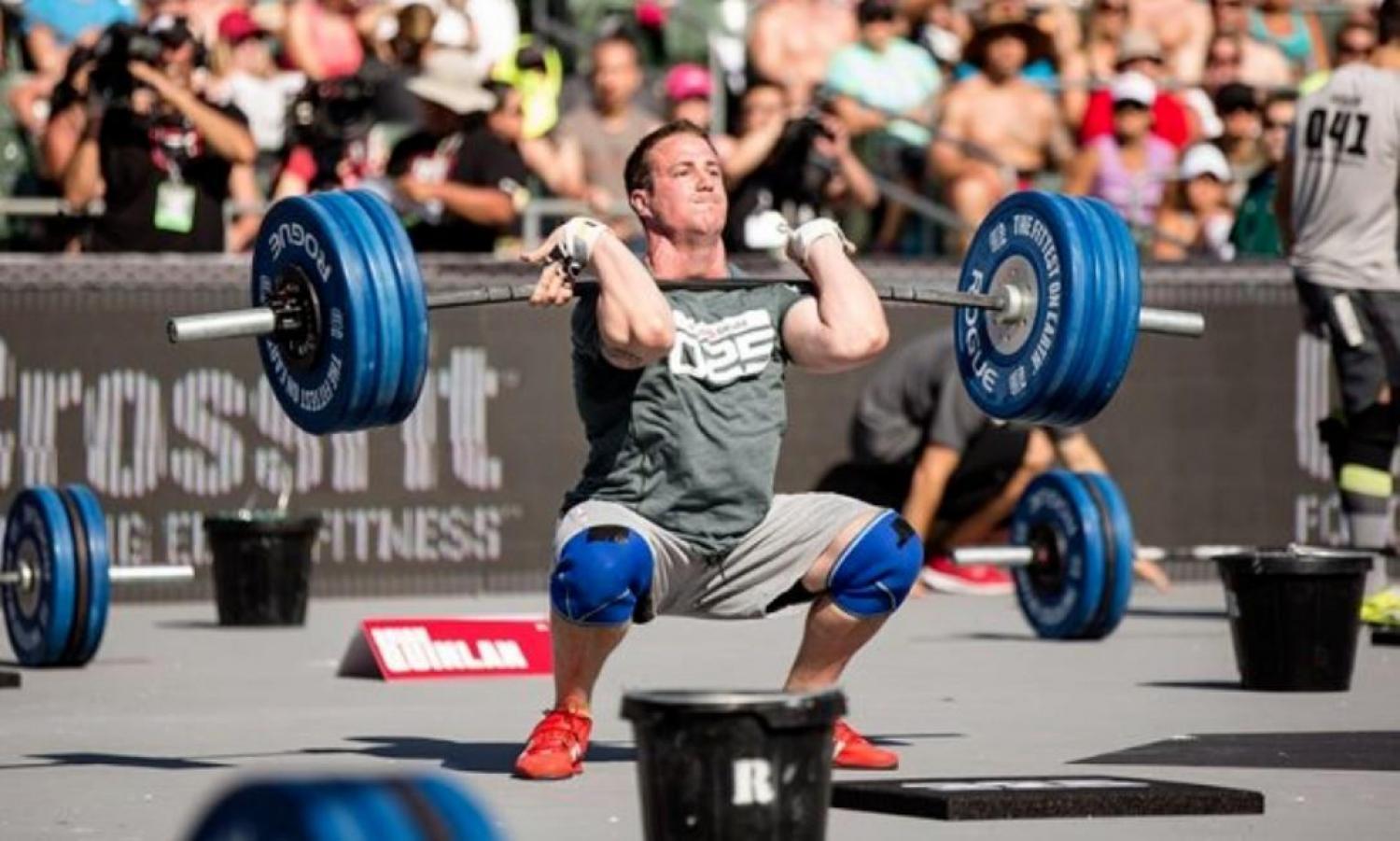 Jeremy Meredith
Jeremy Meredith
2-time CrossFit® Games individual competitor and 9-time regionals athlete, Jeremy is a Level 2 Certified CrossFit® Trainer and owner of CrossFit® Vernon in Vernon, BC, Canada. Jeremy made his first trip to the CrossFit® Games in Carson, California, following that with a repeat trip in 2012.

